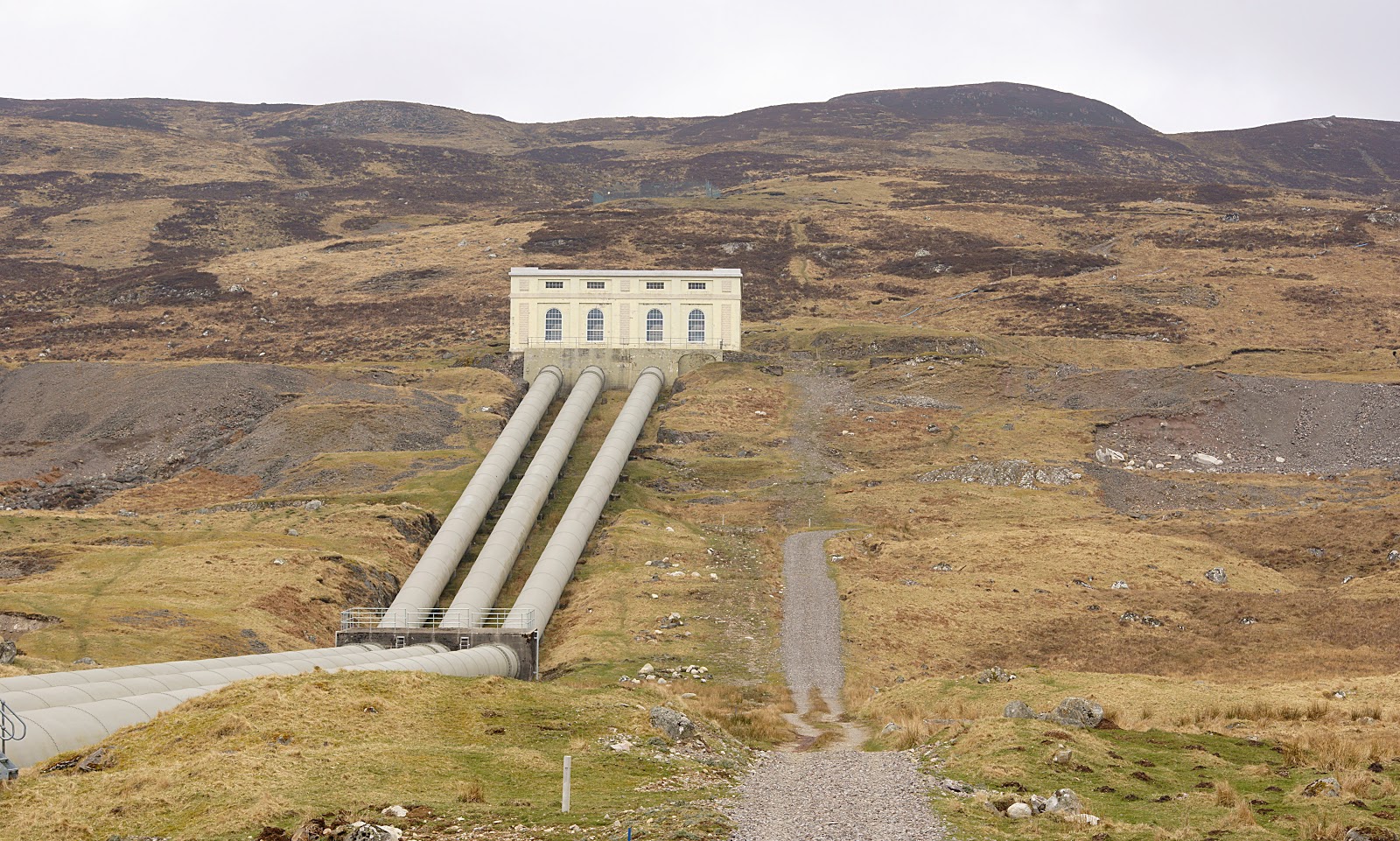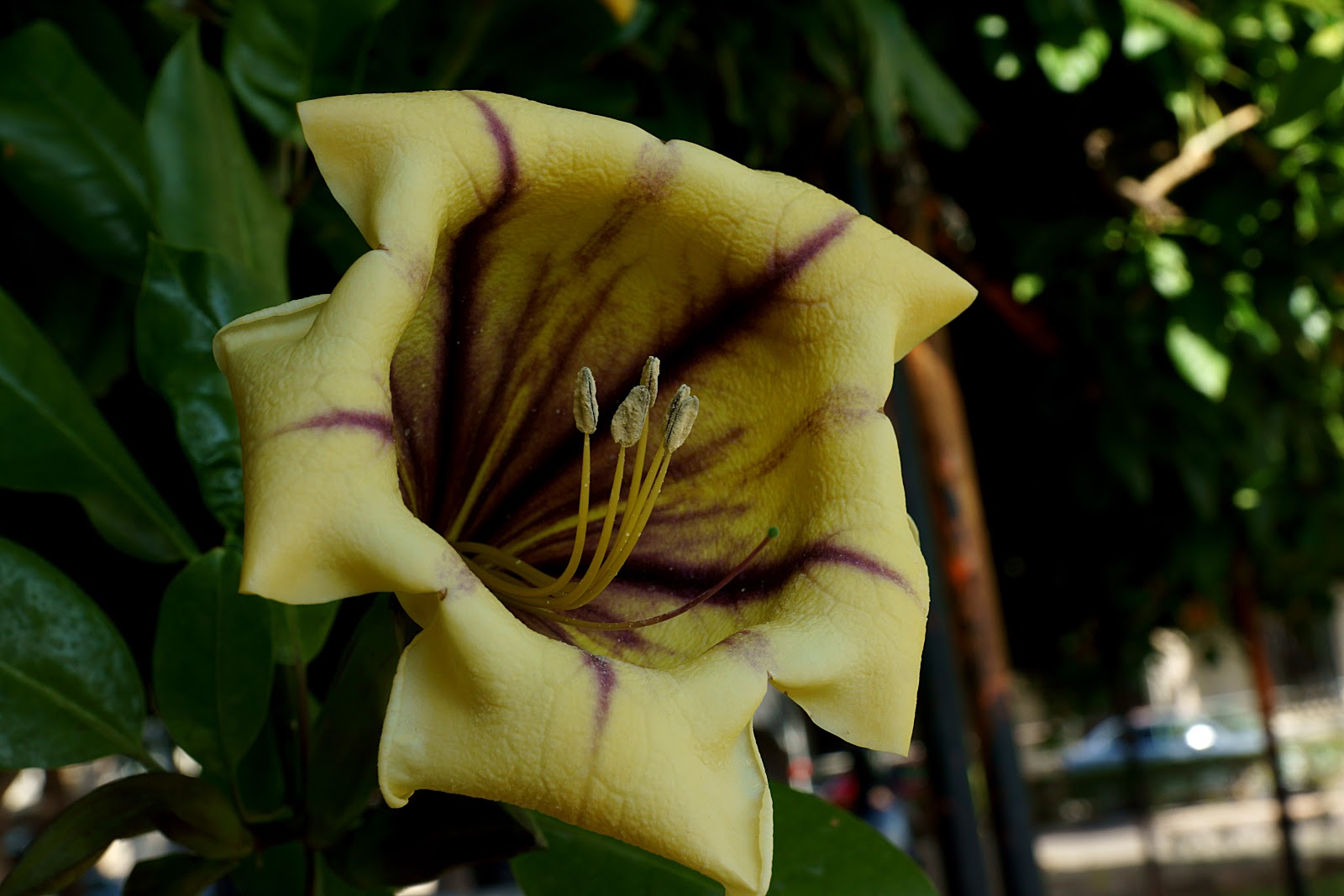Arrived at the lochside farm cottages and there it was, faintly shining, the omen for the week:
"Airborne water".
Most of the active part of the week I spent walking. Along the loch, up the hills, through the forestry, beside the rivers and burns and almost constantly through the bogs. Whoever invented waterproof trainers was wasting their time. Whoever invented waterproof socks was a genius.
Wandering through trackless wastes, unnavigable forest and bottomless moss bogs, I eventually found Killichonan Burn. On the map was marked "Here there be Monsters" and "Waterfalls".
[ No monsters found.]
Another day we stumbled across a loch that was sheltered from the usual wind that week. On Loch Rannoch waves and white horses were becoming the norm.
Higher up the hill a much small lochan was imitating a millpond.
The waterfall at Kinloch Rannoch was generating unusual symmetry with lots of angular shaped lumps of rock showing through the cascade.
In the centre of the loch is a Crannog, Eilean nam Faoileag. The Crannog has been dated to around AD 1290, so it's been around a while. It used to be much bigger until they raised the level of the loch by about 2m in the last 30 years. A submerged curved sandbank gave secret access to it. There are apparently references to occupation of the island from the middle of the 15th century to the middle of the 17th. The tower is a 19th century folly built by a Baron Granbley. [Sounds like a made up name to me. :-) ]
Finally, the sun came out briefly while I was paddling about trying to get a good angle on this bendy jetty - socks working, feet still dry.




























































